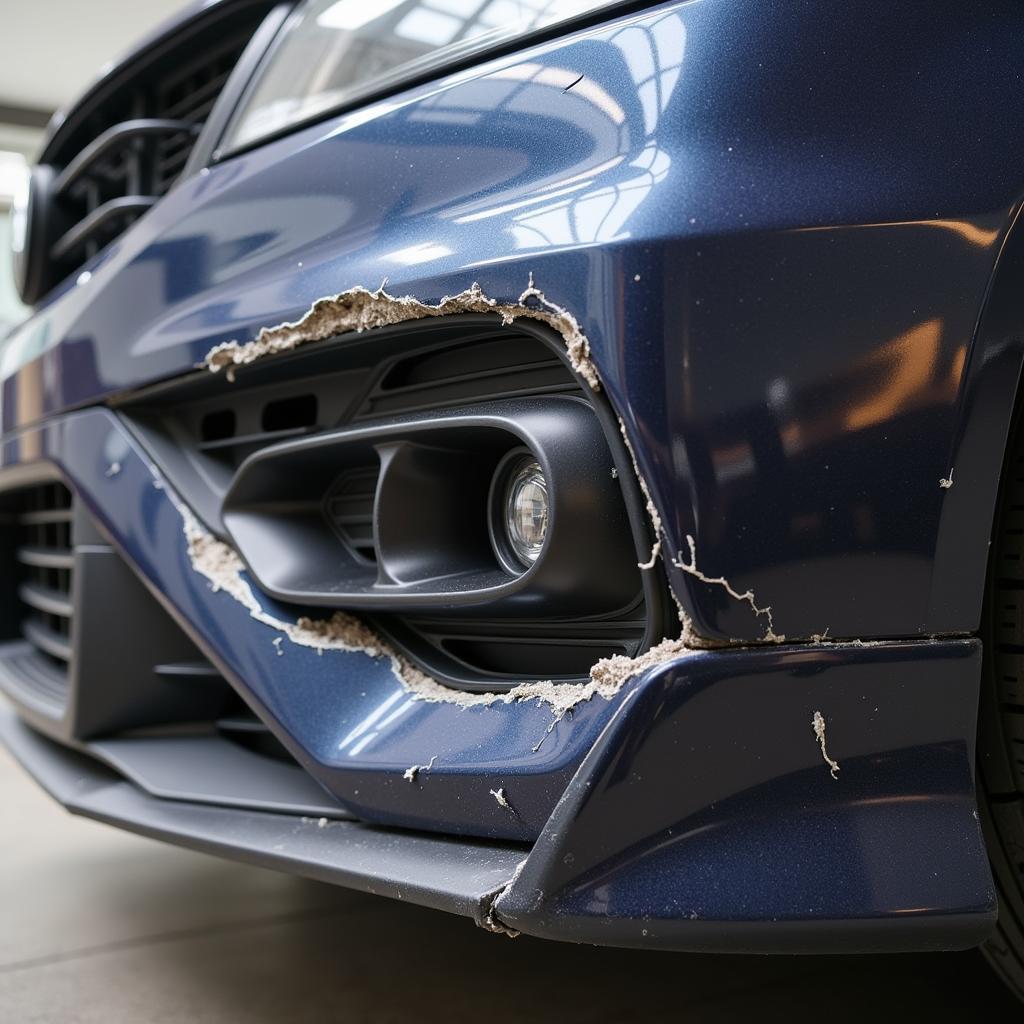Your car still isn’t idling smoothly after replacing the MAP sensor? This is a surprisingly common issue. You’ve put in the work, replaced the part, and yet your engine is still sputtering, rough idling, or even stalling. Don’t worry, you’re not alone. This guide will walk you through the common culprits and how to get your car purring like a kitten again.
Why is My Car Still Misbehaving?
So, you’ve replaced the Manifold Absolute Pressure (MAP) sensor, expecting a smooth idle, but the problem persists. What gives? There are several reasons why your car won’t idle right after fixing map sensor. Often, the issue isn’t the new sensor itself, but something else entirely.
Other Potential Culprits
- Vacuum Leaks: A common culprit after working around the intake manifold is a vacuum leak. These leaks disrupt the air-fuel mixture, leading to rough idling.
- Wiring Issues: A loose or damaged wire connected to the MAP sensor can cause incorrect readings, even with a new sensor.
- Dirty Throttle Body: A dirty throttle body can restrict airflow, impacting idle speed and smoothness.
- Faulty PCV Valve: The Positive Crankcase Ventilation (PCV) valve regulates pressure in the crankcase. A faulty valve can disrupt engine vacuum and cause rough idling.
- Fuel Injectors: Clogged or leaky fuel injectors can disrupt the precise fuel delivery needed for a smooth idle.
- EGR Valve: The Exhaust Gas Recirculation (EGR) valve can sometimes stick open or closed, disrupting the air-fuel mixture and causing rough idling.
Diagnosing the Problem: A Step-by-Step Approach
- Check for Vacuum Leaks: Use a smoke machine or carburetor cleaner to pinpoint any leaks. Listen for changes in engine speed when spraying around potential leak points.
- Inspect MAP Sensor Wiring: Carefully examine the wiring harness connected to the MAP sensor. Look for any loose connections, damaged wires, or corrosion.
- Clean the Throttle Body: Remove the throttle body and clean it with a dedicated throttle body cleaner. This will remove built-up carbon deposits and restore proper airflow.
- Test the PCV Valve: Remove the PCV valve and shake it. If it doesn’t rattle, it’s likely clogged and needs replacing.
- Check Fuel Injectors: Have your fuel injectors professionally tested for proper function. A fuel pressure test can also help identify issues with fuel delivery.
- Inspect the EGR Valve: Check the EGR valve for proper operation. You can test it by applying vacuum directly to the valve and observing its movement.
Car Won’t Idle Right After Fixing MAP Sensor: What Now?
Sometimes, even after checking all these components, the car still won’t idle right after fixing map sensor. This is when you might need to delve deeper.
Advanced Diagnostics
- Check for Stored Diagnostic Trouble Codes (DTCs): Use an OBD-II scanner to read any stored codes. These codes can provide valuable clues about the underlying issue.
- Monitor Live Data: Use a scan tool to monitor live data from the MAP sensor, oxygen sensors, and other relevant sensors. This can help pinpoint inconsistencies in sensor readings.
- Consult a Professional: If you’ve exhausted all other options, it’s time to seek the help of a qualified mechanic. They have the expertise and specialized equipment to diagnose and resolve complex issues.
“A common mistake DIYers make is assuming the new part is the solution. Thorough diagnostics are key to pinpoint the actual problem,” says John Miller, ASE Certified Master Technician.
Conclusion
While replacing the MAP sensor can often solve idle issues, it’s not always the sole culprit. A systematic approach to diagnosing the problem, starting with simple checks and progressing to more advanced diagnostics, is essential. Remember, sometimes a fresh set of eyes and professional expertise can save you time and frustration. If your car won’t idle right after fixing map sensor, don’t hesitate to contact us at AutoTipPro for assistance. We can be reached at +1 (641) 206-8880 or visit our office at 500 N St Mary’s St, San Antonio, TX 78205, United States. We’re here to help you get back on the road.
“Don’t forget to double-check your work after any repair. A simple overlooked connection can lead to persistent problems,” adds Maria Sanchez, Automotive Electrical Systems Specialist.





Leave a Reply